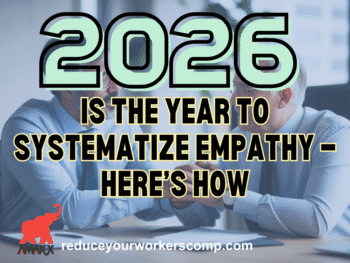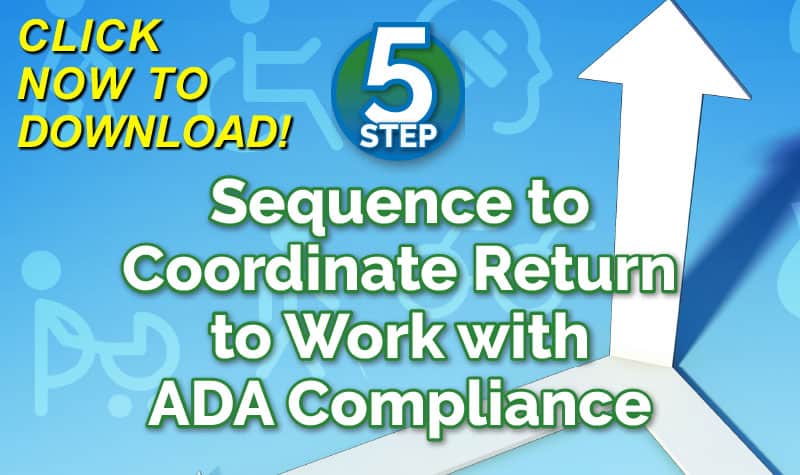Few people realize the workers’ compensation industry is actually 100 years old. It’s one of the most-successful public-private partnerships in U.S. history.
Since 1983, the Workers Compensation Research Institute (WCRI) has been providing the public with research on WC public policy issues. Based in Cambridge, Mass., the organization includes among its members employers, labor organizers, public and private insurers, health care providers, managed care companies, and state government representatives from the U.S., Canada, New Zealand, and Australia.
Dr. Richard Victor, WCRI executive director, oversees the institute’s studies and analysis that has added ammunition for the reforms to various aspects of the workers' comp system. Prior to working at the institute, he spent seven years conducting research at The Rand Corporation in Washington , D.C., and Santa Monica , Calif. His law degree and Ph.D. in economics is from the University of Michigan.
LowerWC recently asked Victor for his impressions of the industry. What follows are some of his comments:
“One of the most important, and troubling, areas for workers’ compensation systems is to find the appropriate ways to use narcotics – and to discourage abuse and diversion. A second critical issue is to find new and innovative ways for help workers return to productive employment,” Victor says.
To this end, WCRI is conducting several research phases to help find answers for WC narcotic use and return-to-work issues, he says.
Victor says the latest trends in workers’ compensation also include medical cost management. “Medical costs now represent more than half of workers’ compensation costs in most states. There is increasing focus on pharmaceutical costs and utilization and the payments made to hospitals and ambulatory surgery centers,” he says.
Further, everyone wants to know how to save the employers money. Victor says, “Most large employers are focused on three legs of the four-legged cost containment table – risk financing, injury prevention, and claim management. The fourth leg is a large opportunity because employers have underinvested in it – improving the ‘rules of the game’ to make the system more effective for workers and more cost effective for employers.”
He continues, “This requires that employers join together to formulate political positions and strategies and gather available evidence about how a given state system is performing, how it might be improved, and what lessons can be learned from other states.”
California and Texas are good examples of where employers have taken collective action and costs have fallen significantly, Victor says. One of the chief objectives of the WCRI CompScope benchmarking studies is to help stakeholders and public officials set priorities and debunk myths.
One important part of this research is an upcoming conference. The WCRI Annual Issues and Research Conference will be Nov. 16-17 in Boston with keynote speaker Peter Barth, professor of economics emeritus at the University of Connecticut. This will be its 28th year.
The goal there to present new ideas and alternative views, Victor says. “Whether you are managing workers’ compensation claims, involved in strategic planning, concerned with medical costs and utilization, or just looking for a better understanding of workers' compensation – this is the conference for you.”
All of the sessions highlight the first presentations of the latest research findings from WCRI while drawing upon the diverse perspectives of highly-respected workers’ compensation experts and policymakers from across the country, he says. “Attendees tell us that they value the large attendance because it allows them to leverage their time while at the conference. There are also opportunities to meet and interact with WCRI researchers.”
“The most important advice I can give remains a secret until the WCRI conference, when I (present) ‘The Elephant in the Room.’ It will highlight some things that are underappreciated, but are likely to shape workers’ compensation systems for the next decade. The future is not always like the past,” Victor says. “Of course, I would like to see your readers attend to stretch their thinking, gain a competitive edge, and network with peers.”
Author Rebecca Shafer, JD, President of Amaxx Risk Solutions, Inc. is a national expert in the field of workers compensation. She is a writer, speaker, and website publisher. Her expertise is working with employers to reduce workers compensation costs, and her clients include airlines, healthcare, printing/publishing, pharmaceuticals, retail, hospitality, and manufacturing. She is the author of Manage Your Workers Compensation: Reduce Costs 20-50% on cost containment techniques. www.WCManual.com. Contact: RShafer@ReduceYourWorkersComp.com.
Our WORKERS COMP BOOK: www.WCManual.com
WORK COMP CALCULATOR: www.LowerWC.com/calculator.php
MODIFIED DUTY CALCULATOR: www.LowerWC.com/transitional-duty-cost-calculator.php
SUBSCRIBE: Workers Comp Resource Center Newsletter
Do not use this information without independent verification. All state laws vary. You should consult with your insurance broker or agent about workers comp issues.
©2011 Amaxx Risk Solutions, Inc. All rights reserved under International Copyright Law. If you would like permission to reprint this material, contact























